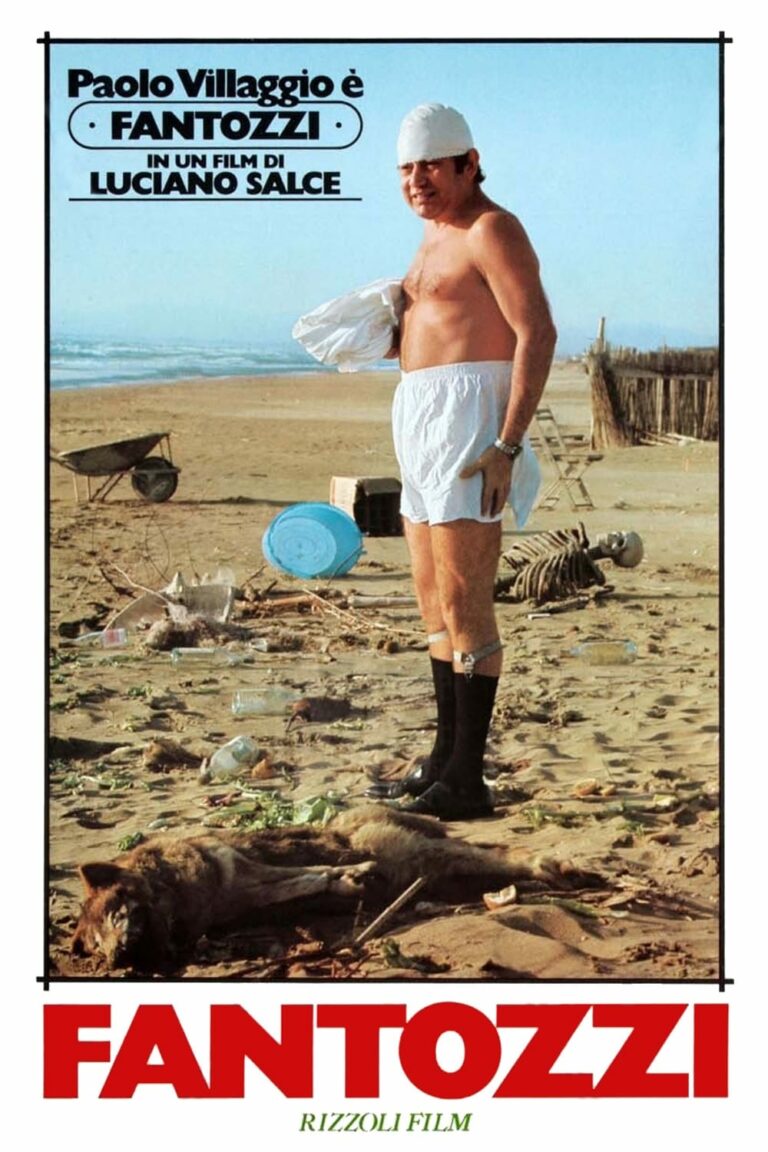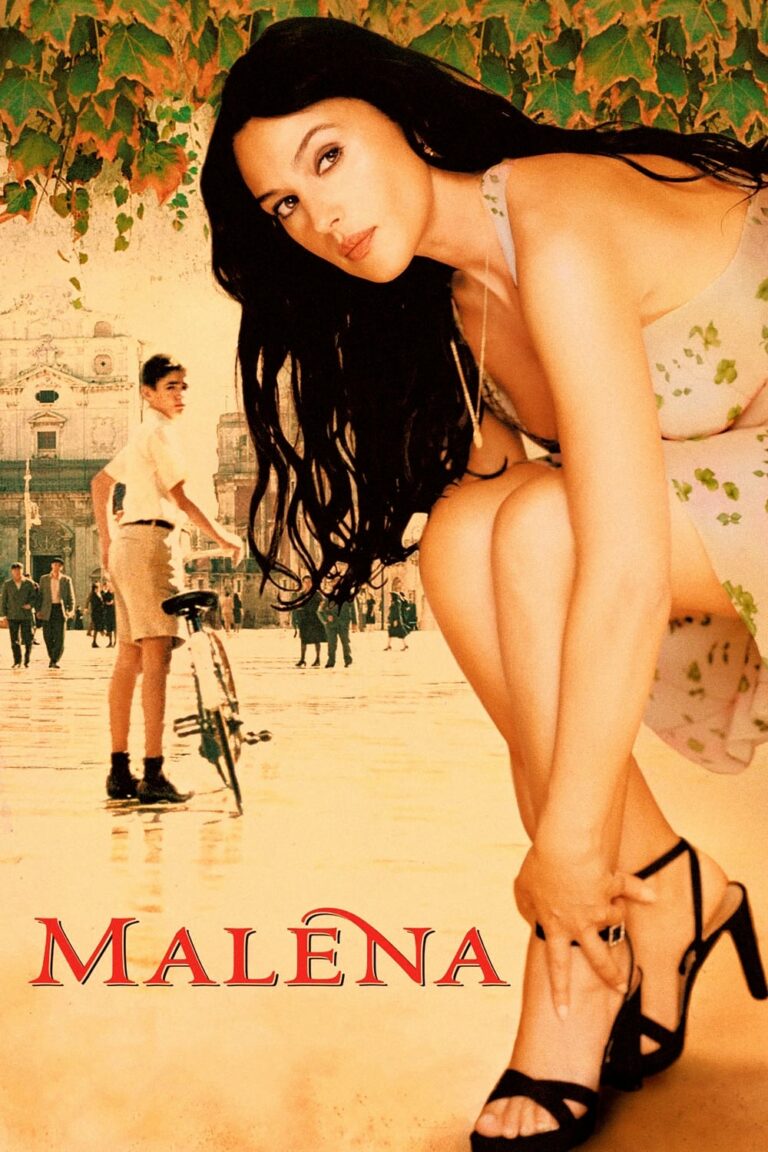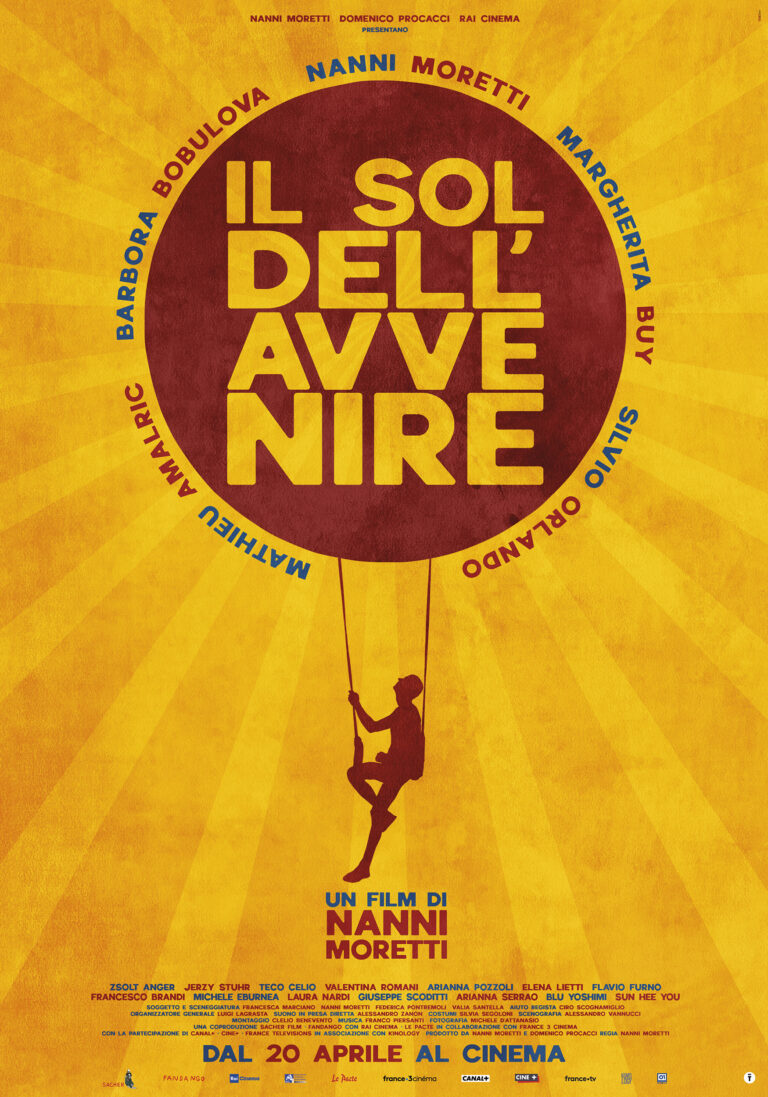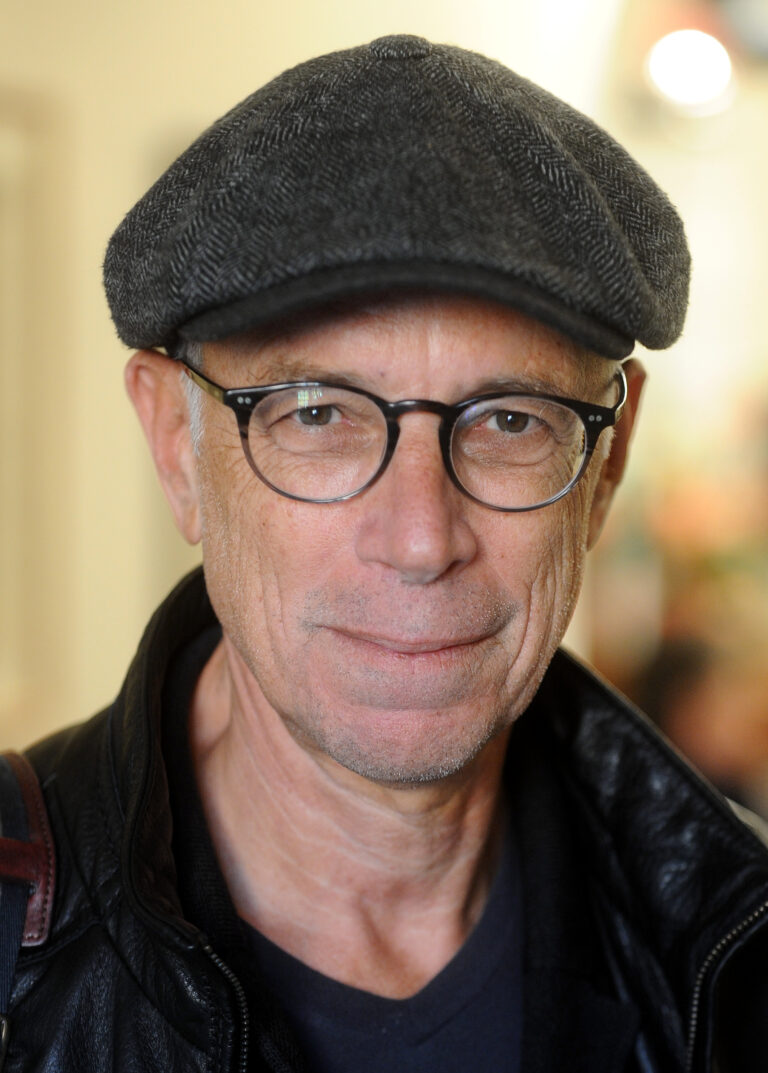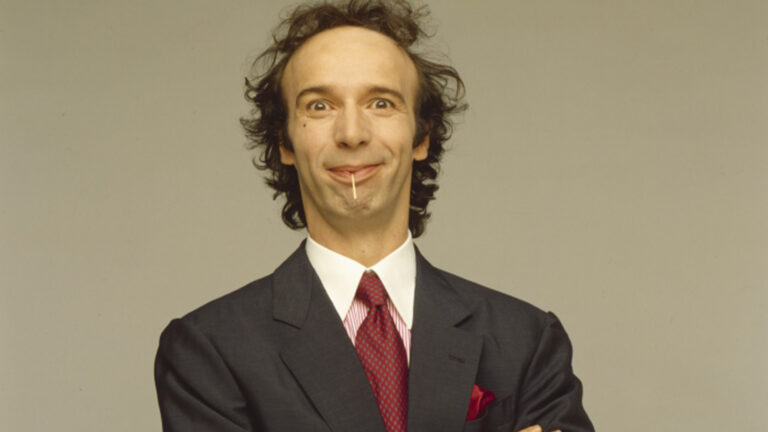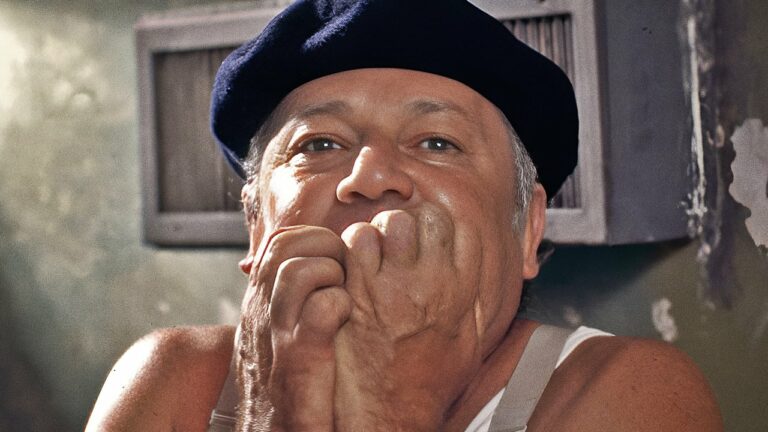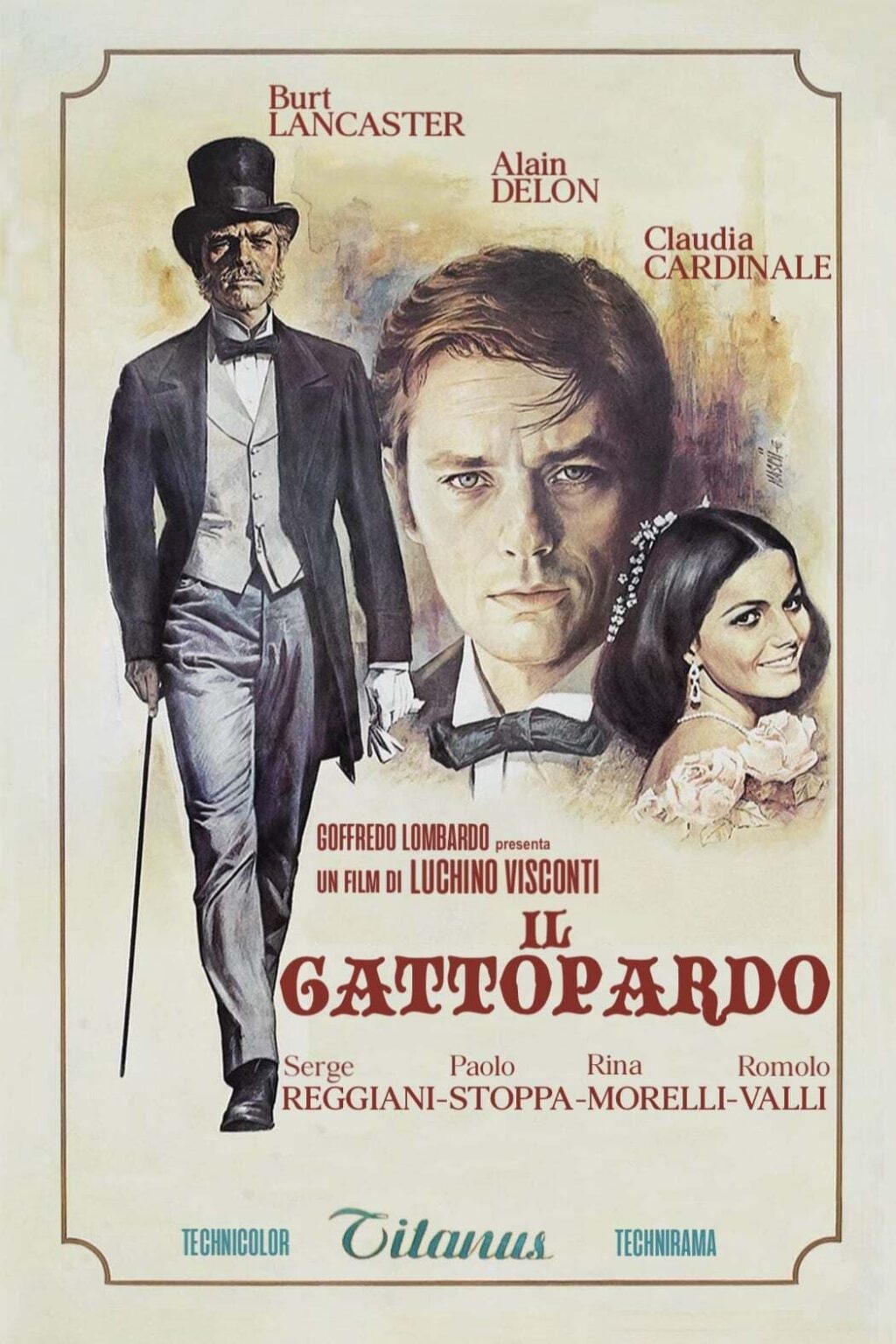
Luchino Visconti’s The Leopard (Il Gattopardo, 1963) is one of cinema’s most breathtaking and contemplative works, a grand historical epic that captures the tension between tradition and progress, the inevitability of change, and the quiet dignity of decline. Based on Giuseppe Tomasi di Lampedusa’s celebrated novel, the film explores the waning days of Sicily’s aristocracy during the unification of Italy in the 19th century. With its lush cinematography, impeccable performances, and profound philosophical underpinnings, The Leopard remains a masterpiece of Italian cinema and a powerful meditation on mortality, power, and the passage of time.
The Story: Sicily in Transition
The narrative of The Leopard centers on Don Fabrizio Corbera, Prince of Salina (Burt Lancaster), an aging aristocrat grappling with the social and political upheaval brought about by Italy’s Risorgimento, the movement to unify the fragmented Italian states into a single nation. The year is 1860, and Giuseppe Garibaldi’s Redshirts have overthrown the Bourbon monarchy in Sicily. As the old order crumbles, the Prince must reconcile himself to the rise of a new social class represented by the ambitious and pragmatic Don Calogero Sedara (Paolo Stoppa).
At the heart of the story is the Prince’s nephew, Tancredi Falconeri (Alain Delon), a charming young man who aligns himself with the revolutionaries to secure his future in the shifting political landscape. Tancredi’s romance with Don Calogero’s daughter, Angelica (Claudia Cardinale), symbolizes the marriage of old aristocratic elegance and the brash energy of the new bourgeoisie.
The film’s central tension lies in Don Fabrizio’s quiet resignation to the inevitability of change. He understands that his world is fading, but he also recognizes the futility of resisting the tides of history. His famous line, “If we want things to stay as they are, things will have to change,” encapsulates his pragmatic acceptance of the shifting social order.
Themes of Change, Mortality, and Decay
At its core, The Leopard is a meditation on change and the passage of time. Don Fabrizio, the film’s tragic hero, is a man caught between two worlds: the fading splendor of the aristocracy and the uncertain promise of a new democratic order. While he mourns the loss of the traditions and values that defined his life, he is astute enough to see that the old ways are unsustainable.
The film also delves deeply into themes of mortality and decay. Don Fabrizio, a towering yet introspective figure, is acutely aware of his own aging and impending death. His personal decline mirrors the broader decline of the aristocracy, and Visconti uses this parallel to explore the ephemeral nature of power, privilege, and beauty. The Prince’s quiet dignity in the face of these inevitable losses is one of the film’s most moving aspects.
A Visual Masterpiece
Visconti, a meticulous director with an unparalleled eye for detail, crafts The Leopard as a visual feast. The film’s production design, by Mario Garbuglia, and its opulent costumes, by Piero Tosi, are nothing short of extraordinary. Every frame of the film is imbued with a painterly quality, evoking the grandeur and decadence of 19th-century Sicily.
The cinematography by Giuseppe Rotunno is equally stunning. From the sun-drenched Sicilian landscapes to the candlelit interiors of the Prince’s palazzo, Rotunno’s work captures both the beauty and melancholy of the film’s setting. The visuals serve as a counterpoint to the story’s themes, highlighting the fleeting nature of the world Don Fabrizio inhabits.
Perhaps the most iconic sequence in the film is the grand ballroom scene, which serves as the film’s emotional and thematic climax. Lasting over 40 minutes, this sequence is a tour de force of direction, cinematography, and performance. As the Prince moves through the glittering crowd, surrounded by the pomp and pageantry of his class, he is haunted by a profound sense of emptiness and the inevitability of his own obsolescence. The waltz that accompanies this scene, composed by Nino Rota, is both beautiful and mournful, perfectly capturing the bittersweet tone of the film.
Burt Lancaster as Don Fabrizio
Burt Lancaster delivers one of the finest performances of his career as Don Fabrizio. Initially a surprising choice for the role—an American actor playing a Sicilian nobleman—Lancaster silences all doubts with his commanding and nuanced portrayal. He captures the Prince’s stoic dignity, quiet intelligence, and deep melancholy with remarkable subtlety, embodying a man who is both a relic of the past and a witness to a changing world.
Lancaster’s physical presence is particularly striking. His towering stature and noble bearing lend gravitas to the character, while his expressive eyes reveal the inner turmoil and sadness that define Don Fabrizio’s journey. His performance anchors the film, providing a deeply human center to the grand historical narrative.
Claudia Cardinale and Alain Delon
As Angelica, Claudia Cardinale is a radiant force of nature. Her beauty, vitality, and charm embody the new world that is emerging in Sicily, and her chemistry with Alain Delon’s Tancredi is electric. Angelica’s ascent into the aristocracy, facilitated by her marriage to Tancredi, symbolizes the blending of old and new, and Cardinale brings a compelling mix of ambition and innocence to the role.
Alain Delon, as Tancredi, is the perfect foil to Don Fabrizio. Handsome, charismatic, and opportunistic, Tancredi is a symbol of the younger generation’s willingness to adapt to the new order. While he retains a deep affection for his uncle, his pragmatism and ambition contrast sharply with the Prince’s introspection and sense of duty.
Visconti’s Personal Connection
Visconti’s adaptation of The Leopard is deeply personal. As a member of an aristocratic Italian family, he understood the world of the Prince of Salina intimately. This personal connection infuses the film with authenticity and emotional depth, as Visconti grapples with his own feelings about the decline of the aristocracy and the rise of modernity.
Visconti’s Marxist beliefs add another layer of complexity to the film. While he portrays the aristocracy with great sympathy and elegance, he does not shy away from depicting its flaws and its eventual irrelevance in the face of historical progress. This dual perspective—both nostalgic and critical—gives The Leopard its unique and enduring power.
Critical Reception and Legacy
Upon its release, The Leopard received critical acclaim, winning the Palme d’Or at the 1963 Cannes Film Festival. However, it faced challenges in reaching a broader audience, particularly in the United States, where a truncated version of the film was poorly received. Over time, however, the original Italian version has been restored and reevaluated, solidifying its status as one of the greatest films ever made.
Today, The Leopard is celebrated for its artistic ambition, historical depth, and emotional resonance. It remains a defining work of Italian cinema and a testament to Visconti’s mastery as a filmmaker. The film’s themes of change, mortality, and the passage of time continue to resonate, making it as relevant today as it was in 1963.
Conclusion
Luchino Visconti’s The Leopard is a majestic and deeply moving exploration of a world in transition. Through the story of Don Fabrizio and the waning days of Sicily’s aristocracy, the film captures the beauty and pain of change, the inevitability of decline, and the quiet dignity of those who face these truths with grace. With its breathtaking visuals, impeccable performances, and profound themes, The Leopard is not just a masterpiece of Italian cinema but a universal meditation on the human condition.
Whether viewed as a historical epic, a character study, or a philosophical reflection, The Leopard offers an experience that is as rich and rewarding as the world it portrays. It is a film that lingers in the heart and mind, a reminder of the enduring power of cinema to illuminate the complexities of life and the inexorable march of time.
